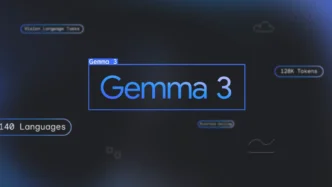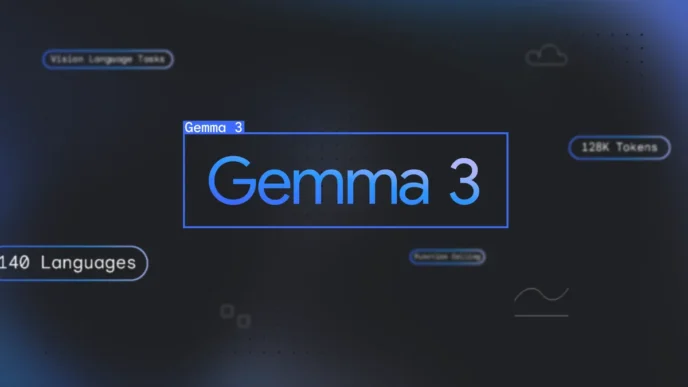AI has come a long way—from generating simple text and images to solving complex problems and making decisions. Yet, traditional models like GPT-4 and Llama often struggle when it comes to reasoning through long, complex tasks. That’s where Dream 7B comes in, setting a new standard with its powerful diffusion-based reasoning model.
Unlike conventional autoregressive models that predict one word at a time, Dream 7B takes a different route. It generates entire sequences in parallel, improving coherence, context understanding, and reasoning speed—all at once. This shift not only boosts performance but also opens the door to more dynamic, intelligent AI applications.
Rethinking Language Models with Diffusion-Based Reasoning
Most AI models today use a left-to-right sequence to generate text, predicting one token at a time. It works—but only up to a point. When the task involves deep reasoning or long-term planning, these models can lose the thread. That’s where diffusion-based reasoning steps in.
Instead of building text word by word, Dream 7B begins with a noisy, scrambled sequence and gradually refines it into coherent output. This denoising happens in multiple steps, where the model learns to polish the entire text all at once. Because it sees both the start and end of the content during generation, it’s far better at staying consistent and on-topic—even across long passages.
This parallel processing gives Dream 7B a clear edge in coherence and adaptability. The model can “think ahead,” keeping future goals in mind while polishing current content. That’s something step-by-step models simply can’t do.
Inside Dream 7B’s Game-Changing Architecture
Dream 7B runs on a 7-billion parameter architecture, fine-tuned for performance and precision. But what truly sets it apart is how it blends scale with smart design.
One core feature is bidirectional context modeling. Unlike standard models that only look backwards, Dream 7B considers both previous and upcoming tokens. This gives it a richer understanding of relationships within the text, helping it generate more accurate, context-aware outputs.
It also supports parallel sequence refinement, meaning it doesn’t build the sentence token by token. Instead, it adjusts the entire sequence iteratively. This technique allows Dream 7B to make more informed decisions, especially in tasks that require planning or problem-solving.
Adding to this, Dream 7B uses autoregressive weight initialization—building on pretrained models like Qwen2.5 7B. It also leverages context-adaptive token-level noise rescheduling, which fine-tunes the amount of noise each token receives during generation. That results in sharper, more relevant output.
How Dream 7B Outshines Traditional Models
Dream 7B’s biggest advantages lie in three key areas: coherence, reasoning, and flexibility. While models like LLaMA3 8B still rely on step-by-step prediction, Dream 7B’s simultaneous sequence refinement leads to noticeably better output.
1. Stronger Coherence in Long Texts
Autoregressive models often lose track of earlier content. Dream 7B doesn’t. It sees the full picture—start to finish—throughout generation. This helps it maintain narrative consistency and factual accuracy across longer tasks.
2. Better at Complex Reasoning
When a task involves multiple steps, constraints, or logic paths, Dream 7B has the upper hand. Its ability to process the entire sequence makes it more reliable for solving problems, generating code, or planning actions across time.
3. Flexible Text Generation
Users can control the number of refinement steps, adjusting for speed or quality. Fewer steps mean faster output, while more steps offer detailed, polished content. This adaptability makes Dream 7B ideal for a wide range of real-world applications.
Real-World Use Cases for Dream 7B
Dream 7B isn’t just a research marvel—it’s built for real-world impact. Its versatile architecture makes it well-suited for industries that demand precision, speed, and creative control.
Dynamic Text Completion
From article writing to creative storytelling, Dream 7B fills in gaps with natural, coherent text—even when working with partial inputs. It’s perfect for generating missing sections or expanding outlines into finished drafts.
Tailored Content Creation
Need SEO-friendly content in a specific tone or style? Dream 7B can do that too. Its flexibility helps marketers, copywriters, and content teams create tailored material that aligns with brand voice and target keywords.
Speed vs. Quality Control
In fast-paced environments like social media or ad campaigns, Dream 7B delivers quick results. When accuracy and depth matter—say, in legal or academic writing—it can slow down to generate deeply refined outputs.
Final Thoughts
Dream 7B brings a major upgrade to how AI thinks, plans, and writes. By using a diffusion-based reasoning approach, it solves many of the issues that autoregressive models still face—especially with coherence, complexity, and flexibility. Whether you’re creating content, solving problems, or building smarter systems, Dream 7B is paving the way for a new generation of more capable and context-aware AI tools.













